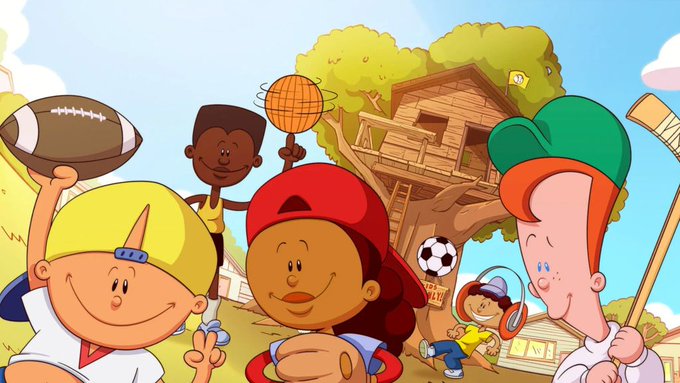For a generation, the name Pablo Sanchez was as synonymous with greatness as Michael Jordan or Tom Brady. For that generation, when Playground Productions made an Aug. 20 announcement revealing that the “Backyard Sports” video game franchise would be returning after a 14-year hiatus, it rekindled a love for sports that the series first instilled so long ago.
From 1997 to 2010, “Backyard Sports” taught its players about the beauty at the root of our favorite pastimes. As kids booted up the baseball, football, soccer and hockey editions of the franchise, their gameplay formed a foundation for a lifelong relationship with sports.
“Backyard Sports” captivated players with its simplicity. The pixelated yet recognizable character sprites — each customized and given a backstory, together forming a full neighborhood of apparently parentless athletes — and easy-to-learn controls left players without a learning curve, allowing them to immerse themselves in the game and its characters with ease. From there, the game’s friendly atmosphere and quirky animations brought players a sense of serenity and innocence unparalleled in a sports gaming experience. This childlike love for sports was then brought to the ballfield for a first game of T-ball, or an AAU tournament, or a college championship. “Backyard Sports” perfectly encapsulated what sports should be about, a source of friendship, fitness and fun.
Moreover, “Backyard Sports” carried an air of equitable opportunity and relatability. While today’s sports video games are just now — if at all — adding women’s leagues and athletes into their code, “Backyard Sports” gave girls worldwide the impression that they belonged on the same field as boys, that they were rated just as highly and respected just as much as any other kid on the block.
Undoubtedly, the same folks too-often excluded from games on the street and under the bright lights alike were inspired by the “Backyard” series. “Backyard” puts an emphasis on equality amidst diversity, with loveable and capable characters defying norms on account of gender and much more. In what other game could Pablo Sanchez, a 3-foot tall kid with a somehow too-small shirt, slug with the likes of Barry Bonds and shoot with the likes of Steph Curry? In what other game could a wheel-chair-bound kid named Kenny Kawaguchi spark a ninth-inning comeback? In what other game could a glasses-donning, self-proclaimed nerd named Dmitri Petrovich light the lantern with a blue-line slapshot? In what other game could a community rally to create a ballpark out of a dingy back alley out of love for the game? In what other game could anyone, no matter their age, height, gender, acuity or background, have a chance of becoming a neighborhood hero?
When “Backyard Sports” officially reboots, the same kids who played 20 years earlier will dust off their joycons as adults to re-experience the nostalgia-filled game and characters who once reimagined their perception of sports. Alongside them will be a new generation of children who will, between homers and touchdowns, be taught that sports ought to be communal and enjoyable before they are brutish and cruel; that sports can foster lifelong dreams and relationships, no matter the stage they’re played on; and, most importantly, that sports are for everyone, no matter what our society suggests.






































































































































































































